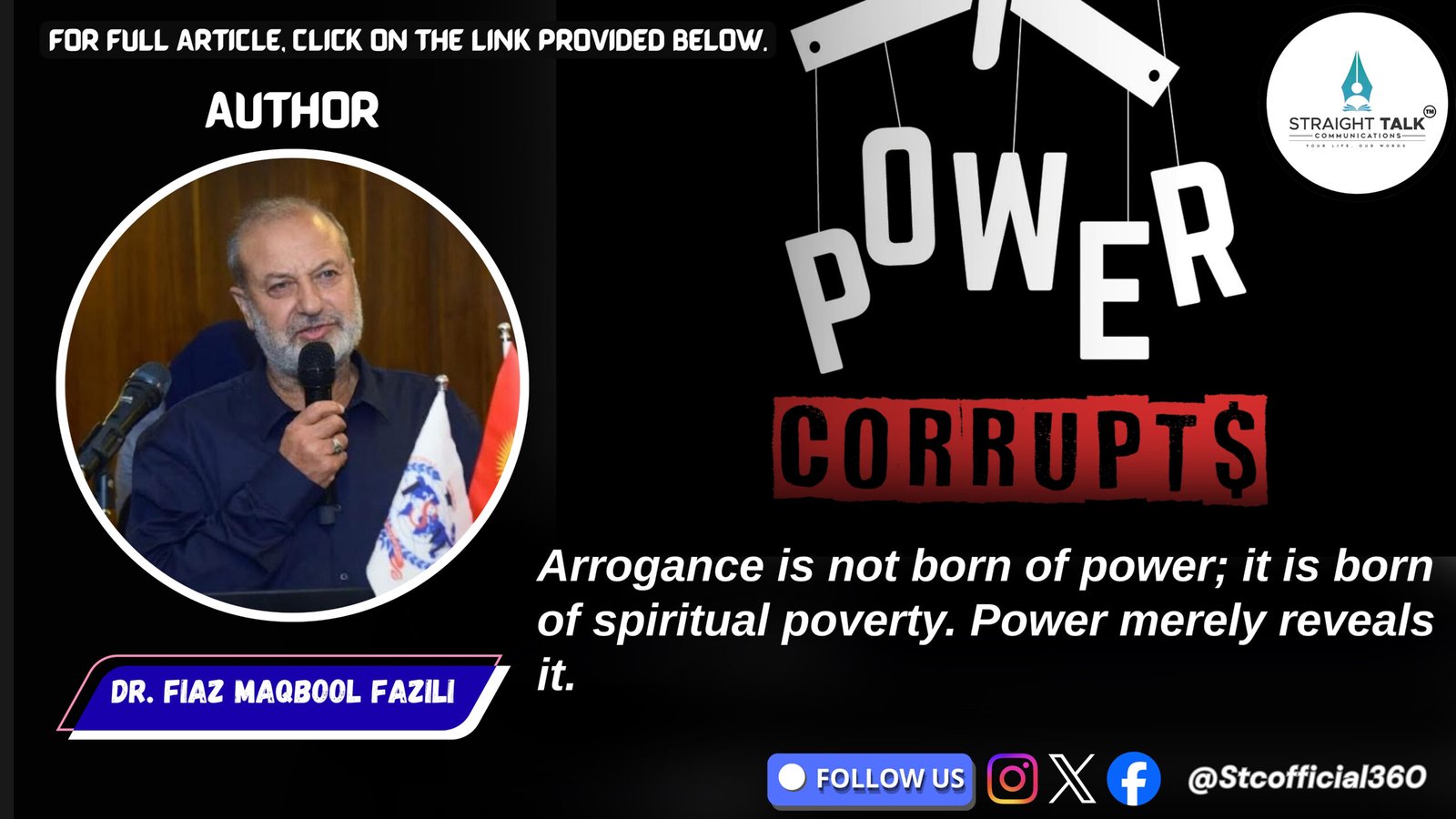The Timeless Legacy of Amir Khusrau: Celebrating the Poet-Musician’s Masterpieces

Dr. Noour Ali Zehgeer
Amir Khusrau (1253-1325), the illustrious Sufi poet, musician, and scholar, remains a shining beacon in the cultural and artistic history of India. Revered for his immense contributions to music and poetry, Khusrau’s works have transcended centuries, captivating audiences with their profound beauty and spiritual depth. His legacy, immortalized through creations such as qawwali, taraana, and the invention of the sitar, stands as a testament to his unparalleled genius.
Recently, Abhijit, a dedicated student of Khusrau’s art, embarked on a mission to revive the poet’s lesser-known masterpieces. “The audience seems to be familiar only with a few of his songs such as Chaap Tilak. I wanted to do a structured programme where I would introduce some less-known gems,” says Abhijit. This initiative, aptly named “The Amir Khusrau Project,” seeks to bring Khusrau’s rich legacy back into the limelight, offering audiences a glimpse into his artistic brilliance.
A Legacy of Cultural Synthesis:
Amir Khusrau, born in Patiyali in present-day Uttar Pradesh, lived during the Delhi Sultanate era and served as a court poet to several rulers, including Alauddin Khilji and Muhammad bin Tughlaq. What makes Khusrau unique is his ability to bridge diverse cultural worlds. He wove together Persian, Arabic, Turkish, and Indian traditions, creating a vibrant tapestry of music and poetry.
One of Khusrau’s most enduring contributions to music is the qawwali, a form of devotional music that continues to be an integral part of Sufi traditions. His innovative spirit also gave birth to the taraana, a rhythmic composition of syllables that serves as the foundation for Hindustani classical music. Moreover, Khusrau is credited with inventing the sitar, an instrument that has become synonymous with Indian classical music.
The Magic of “Chaap Tilak”:
Among Khusrau’s many creations, Chaap Tilak Sab Cheeni remains one of his most celebrated works. This exquisite poem, written in Hindavi, showcases his mastery of simplicity and depth. The lyrics speak of love’s transformative power, blending the spiritual with the earthly in a way that resonates with all.
“Chaap tilak sab cheeni re mosey naina milaike,
Prem bhatee ka madhva pilaike,
Matwali kar deeni re mosey naina milaike.”
The verses, rich in imagery and emotion, express the surrender of self in the face of divine or romantic love. The beauty of Chaap Tilak lies in its universality, allowing it to transcend cultural and linguistic boundaries.
Exploring Lesser-Known Gems:
While Chaap Tilak and a few other works have gained widespread recognition, much of Khusrau’s oeuvre remains relatively unexplored. Abhijit’s project focuses on rediscovering these hidden treasures, offering audiences a chance to experience Khusrau’s depth and diversity.
One such gem is his Persian ghazal, Nami Danam Chi Manzil Bood, a hauntingly beautiful poem that captures the mystical journey of a soul:
“Nami danam chi manzil bood shab jaay ki man boodam;
Baharsu raqs-e bismil bood shab jaay ki man boodam.”
These verses describe a night of spiritual ecstasy, where the boundaries between the self and the divine dissolve. The imagery of dancing flames and the poet’s awe at the divine presence reflects the essence of Sufi philosophy.
Another masterpiece is his qawwali compositions that blend devotion and musical innovation. Through Abhijit’s project, audiences are introduced to the intricate patterns and profound themes that make Khusrau’s works timeless.
The Innovation in Music:
Khusrau’s contributions to Indian music cannot be overstated. His invention of qawwali brought together elements of Persian and Indian musical traditions, creating a unique form of devotional music that remains a cornerstone of Sufi culture. The rhythmic patterns, call-and-response style, and spiritual lyrics of qawwali offer a pathway to divine connection, making it both a musical and spiritual experience.
Similarly, Khusrau’s creation of the taraana introduced a new dimension to Hindustani classical music. The use of nonsensical syllables to convey emotion and rhythm showcased Khusrau’s innovative approach to music.
The invention of the sitar, an adaptation of the Persian setar, further underscores Khusrau’s ability to blend cultures. The sitar has since become a symbol of Indian classical music, demonstrating the enduring impact of his innovations.
Reviving the Spirit of Khusrau:
Abhijit’s structured programme, “The Amir Khusrau Project,” aims to reignite interest in the poet-musician’s works by presenting them in their historical and cultural context. Through performances, lectures, and interactive sessions, the project seeks to educate audiences about Khusrau’s contributions and inspire a deeper appreciation for his art.
“The challenge lies in preserving the authenticity of Khusrau’s works while making them accessible to contemporary audiences,” says Abhijit. By incorporating traditional instruments and maintaining the original language of the compositions, the project ensures that Khusrau’s spirit remains intact.
Khusrau’s Relevance Today:
Amir Khusrau’s works continue to resonate because of their timeless themes of love, spirituality, and cultural harmony. At a time when the world often seems divided, Khusrau’s message of unity and inclusivity holds particular relevance. His ability to blend diverse traditions serves as a reminder that art and culture can transcend boundaries, fostering understanding and connection.
Conclusion:
Amir Khusrau’s legacy is a treasure trove of artistic and cultural brilliance. From the soulful strains of qawwali to the poetic beauty of Chaap Tilak and beyond, his works embody the essence of love, devotion, and creativity.
Through initiatives like “The Amir Khusrau Project,” the poet-musician’s masterpieces are finding new life, inspiring audiences to explore the richness of his art. As we delve into Khusrau’s world, we are reminded of the enduring power of creativity to connect us to the divine, to each other, and to ourselves.
Indeed, Amir Khusrau’s voice, echoing through the corridors of time, continues to enchant, uplift, and unite. His timeless artistry serves as a beacon of hope and inspiration, reminding us of the boundless possibilities of the human spirit.







